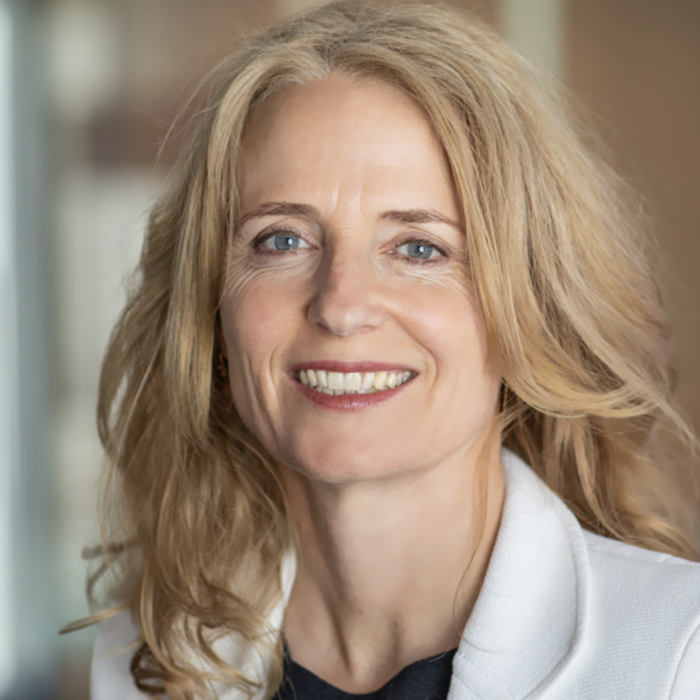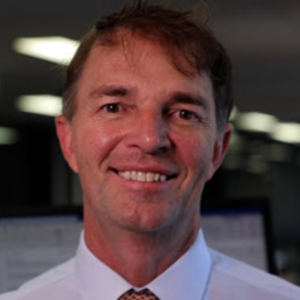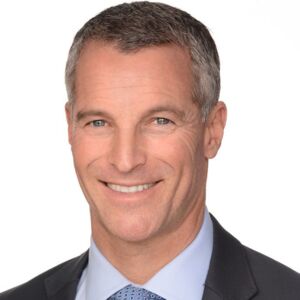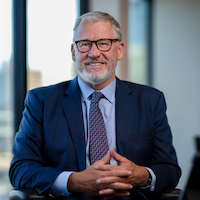ESSSuper CEO rules out merger
By Elizabeth Fry

Consolidation remains a top theme in the superannuation sector.
People are obsessed with mergers, especially when it comes to smaller highly specialised funds like ESSSuper.
But chief executive Robbie Campo sees no compelling reason to find a partner.
Campo, who arrived from Cbus Super a year ago, outlined several reasons why ESSSuper would not consider a merger even though small funds face mounting pressure to merge and create healthier super funds.
Crucially, she says, the $36 billion super fund for emergency workers is very different to other funds of the same size.
For a start, stakeholders have a strong sense of ownership.
One of the few non-APRA-regulated funds, ESSSuper is primarily a defined benefit fund operated by the Victorian Government.
Consequently, it has a different regulatory structure than its peers - while adhering to APRA's prudential standards on a 'best endeavours" basis.
Around three-quarters of ESSSuper's assets are managed for defined benefit members who work with Victoria's emergency services.
That defined benefit investment function is outsourced to the Victorian Funds Management Corporation.
According to Campo, the certainty and stability that mark a defined benefit fund make it starkly different from a similarly sized defined contribution fund.
It takes a radically different way of doing things and a different way of thinking.
"Our funds have sufficient scale because we retain most members when they retire," she says.
"And because of the defined benefit nature of the fund and the strong relationship with our members built up throughout their lives, our cash flows are strong and very predictable.
"If you think about the funds that have been pressured to merge, it is not only the result of poor performance - too many members remained in funds even when they had failed the performance test."
In her book, what's more likely to put funds in an untenable position is negative cash flow.
Campo said drivers of scale are very different with defined benefit funds, and as the chief executive, she is working to ruthlessly exploit ESSSuper's relative scale.
Chasing members
Adding to her scepticism over mergers is the move over recent years to make the super system more "retail" and driven by scale.
"We've chased a system based on member-driven competition and incredible scale, but I worry that this will not necessarily translate into the level of member benefits that were assumed," she warns.
"The best-performing retirement income systems in the world tend not to be based on a retail-based architecture.
"If funds can't compete on the acquisition front if they lack the capacity to recruit and retain new members, they become vulnerable."
ESSSuper's balanced fund returned 13.3 per cent over the last 12 months, 9.3 per cent over three years and 7.4 per cent over five years to 30 June 2023.
The defined benefit funds target returns in excess of CPI plus 5 per cent, with the Victorian Government providing a backstop that guarantees member entitlements and protects against the shorter-term fluctuations typical of higher return-seeking strategies.
Rainmaker Information executive director and head of research Alex Dunnin calls the returns robust but not market leading.
"That's because super fund members who are emergency services personnel confront enough risk in their lives already. The last thing they need is an exuberant trustee taking excessive unnecessary risks with their money," Dunnin said.
"That said, as a predominantly defined benefit fund, a fund like ESSS is looking for consistent returns its state government sponsor can bank on. And that's what the fund has delivered."
As part of their stewardship, the relationship between the emergency services fund and its members is unusually close.
"As first responders, they've given to the Victorian community throughout their working lives," Campo explains.
"Their jobs expose members to very high risk and this takes a very significant toll on them."
One of the most striking things, she goes on to say, is the mental health toll of being a first responder.
Strikingly, a primary issue is PTSD.
According to Campo, to some extent, all operational emergency services workers will have a degree of PTSD. And sadly, many are unable to see through their full working life as a result.
"Accordingly, the insurance components of our scheme are carefully executed. For example, ESSSuper has its own panel of doctors to guarantee sensitivity to their typical injuries," she states.
Campo says understanding the members and their needs, engaging with them the way they want, offering the products and services they need, and supporting them in retirement is a real advantage that would be lost if they were to hook up with another fund.
"Everybody's talking about member focus, but ESSSuper has a ferocious focus on members because of the sacrifice we know they make. This includes from directors, some of whom are themselves operational emergency services workers."
Too hard
For ESSSuper, a merger would require too great a compromise for a super fund characterised by the intensity of member engagement.
Campo says challenges would be more significant and more complex because of the unique structure of the fund and because of the strong cash flows, there's less imperative to do so.
While not impossible from a regulatory point of view, a merger would be much less straightforward than it would be for an APRA-regulated fund, and it's hardly a straightforward process for them.
In short, merging a defined benefit scheme with anyone would be a nightmare.
Specifically, she explains, a merger would be particularly hard on the insurance side because of disability death benefits and group insurance arrangements designed for a defined benefit fund.



